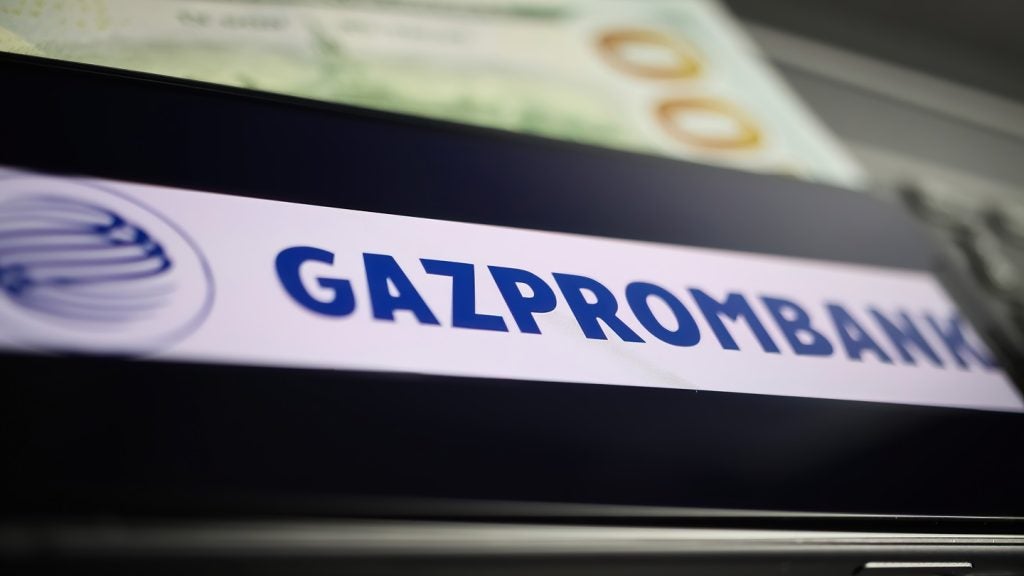Though it initially avoided the
worst aspects of the prolonged economic downturn witnessed north of
the border, Mexico’s retail banking market is now facing challenges
very similar to those seen in the US, and its banks are having to
adjust their business models as a result. Rodrigo Amaral
reports.
The Mexican economy may have begun growing
again, but dwindling credit availability means that both banks and
consumers are facing difficult choices, even as untapped segments
and increased competition respectively provide both groups with
hope for the future.
With unemployment on the rise and suspicions
remaining about the potential for long-term economic growth, there
are many doubts over the ability of borrowers to pay their loans,
and banks have downsized their credit businesses accordingly. But
new sources of revenue could be created courtesy of the recent
legal changes which may enable retail banks to expand their
networks with much lower costs.
The change in market conditions has been
dramatic. Fitch, the credit rating agency, has recently stated that
“the outlook for Mexican banks has rapidly worsened in recent
months” and has forecast that “performance will continue to
deteriorate in terms of asset quality and earnings.”
The main culprit seems to be a worsening
credit market. About two years ago, the total volume of loans was
growing at around 25 percent a year. But loans to households shrunk
by 12 percent in the year to October 2009, with consumer credit
dropping 21.2 percent, according to Banxico, Mexico’s Central
Bank.
How well do you really know your competitors?
Access the most comprehensive Company Profiles on the market, powered by GlobalData. Save hours of research. Gain competitive edge.

Thank you!
Your download email will arrive shortly
Not ready to buy yet? Download a free sample
We are confident about the unique quality of our Company Profiles. However, we want you to make the most beneficial decision for your business, so we offer a free sample that you can download by submitting the below form
By GlobalDataCredit cards were the most affected, with a
27.4 percent fall. Loans to private companies, which rely heavily
on exports to the American market, have also decreased, by around 3
percent, the first such reduction registered by the central bank
since 2004. The Mexican Banking Association (ABM) has recently
estimated that even the formerly booming market for mortgage loans
will finish the year 17 percent down on 2008, and that levels of
activity seen last year would not reappear until 2011.
At the same time, although Mexican banks look
well capitalised and seem to enjoy solid provision levels,
non-performing loans have increased significantly in the past year.
Among the big players, HSBC México has been the most severely
affected, with the proportion of non-performing loans hovering
close to 6 percent of the total loan book.
Tough competition in the retail market
resulted in Mexican banks developing aggressive policies to attract
clients, such as offering favourable loans and easy-to-get credit
cards. But the priority now is to avoid a surge in bad loans. By
the end of September, HSBC México had decreased its total portfolio
by 14.1 percent, while other leading banks like BBVA Bancomer and
Banorte saw small decreases or flat growth.
“Many people believed Banorte wouldn’t be able
to survive without a foreign partner, and we indeed had strong
approaches for acquisition by a Spanish and a Dutch bank,” said
David Suárez, head of investment relations at Banorte.
To restore the confidence of the market, the
bank decided to rebalance its growth model.
“We couldn’t carry on boosting our portfolio
of loans at a much faster rate than the growth of deposits,” he
said.
Tightened requirements
Banorte has since tightened
requirements to provide loans to individuals and companies. The
latter, for example, have been asked to bring their payrolls to the
bank in order to get new loans. Credit card loans fell by 25
percent in one year, and the number of new cards issued by Banorte
dropped 75 percent. The ratio of loans to deposits fell from 103
percent in the first quarter of 2008 to 88 percent in September
2009.
This trend has extended across the sector as a
whole, with Mexican banks acting more aggressively in the search of
clients’ deposits.
In this regard, a decision taken by the
National Banking and Securities Commission (CNBV) could prove a
boost to some of the larger banks in the system. Ten of the top
players have been granted authorisation to set up networks of
banking correspondents, which could help them to target lower
income Mexicans – a segment with very low levels of
bancarisation.
The correspondents includes the likes of
corner shops and post offices where clients will be able to carry
out a wide range of services, including collecting debit cards, pay
money into their accounts, paying bills and cheque cashing, among
others.
BBVA Bancomer, the market leader, has
estimated that there are about 17 million people who don’t make use
of banking services and could be better targeted by correspondents.
A further 16 million young clients will be added to the group
through 2025, the bank said.
The cost of reaching this public via
correspondents, according to the bank, is 40 to 50 percent lower
than trying to do the same with branches. BBVA Bancomer has set up
a new brand, Caja Bancomer Express, with which it will provide
services via correspondents.
Citigroup’s Banamex, HSBC, Banorte, Scotiabank
and Wal-Mart are among those who have received regulatory approval
to start offering services through retail stores. BBVA Bancomer,
however, has stolen a march on its rivals by partnering with
bottling firm FEMSA, owner of Mexico’s largest convenience chain
Oxxo. Bancomer will now have access to Oxxo’s 7,000 stores and with
it the opportunity to target a hitherto untapped segment.
|
Assets |
|||
|
Largest banks in Mexico ranked by |
|||
|
Assets (MXNbn) |
Total loans (MXNbn) |
Non-performing loans |
|
|
BBVA Bancomer |
1,186 |
486 |
4.18 |
|
Banamex |
1,036 |
329 |
2.22 |
|
Santander Serfin |
710 |
208 |
2.23 |
|
Banorte |
578 |
223 |
2.5 |
|
HSBC |
444 |
157 |
5.55 |
|
Inbursa |
232 |
156 |
2.75 |
|
Scotiabank Inverlat |
150 |
97 |
3.7 |
|
ING |
108 |
n/A |
n/a |
|
Ixe |
94 |
22 |
2.03 |
|
Interacciones |
60 |
34 |
1.2 |
|
Source: CNBV |
|||







